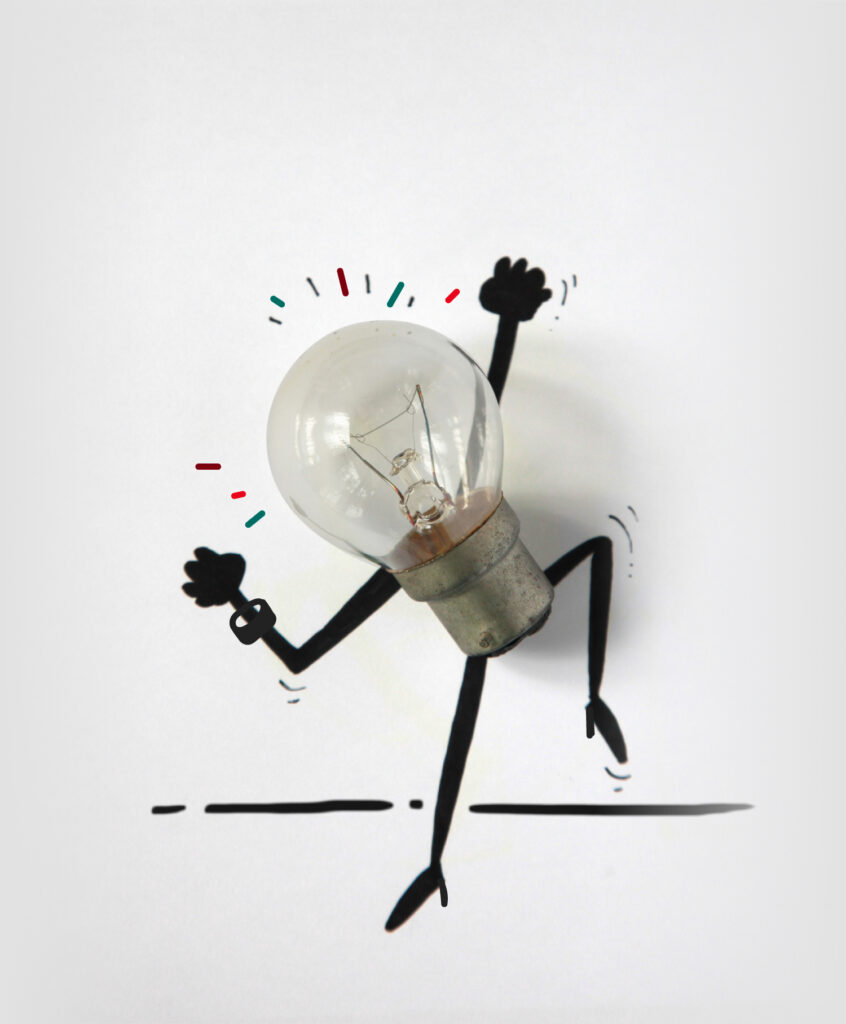Patience may be a virtue but adopting a wait-and-see attitude in the sales process can cost you the deal. Allowing the prospect to control your sales cadence — the series of activities and contacts that take a lead to a customer — is a surefire way to delay, or even prevent, the close.
Those not properly trained in sales often justify a hands-off approach with a series of myths they tell themselves:
Myth #1: I don’t want to be a pest.
Just because you believe making contact will bother your prospect doesn’t mean they feel the same way. The old saying “out of sight, out of mind” accurately sums up why you need to maintain frequent interactions with a lead. Unless a prospect makes a specific request for time, establish and follow a rhythm of intentional contact and follow-up.
Myth #2: I let my intuition guide my interactions.
Intuition is your perception of a situation, which can be skewed by personal fears and prejudices. Using hunches to guide your interactions with a prospect is not a sales strategy. The sales cadence is an active pursuit with a predefined schedule of contact every 2-3 days (or twice during a business week).
Myth #3: They’ll let me know when they are ready to buy.
A successful salesperson asks for the business; they do not be wait for it to be offered. Follow-up is essential to ensure a sale is brought to a close and done so in a timely manner. A full sales funnel is nice, but the money is in making the sale, not building the pipeline. Pursue business as if your job were on the line because, in sales, it is.
Legitimate situations do sometimes arise where it may be necessary to adjust the sales cadence. For example:
- The client is securing funding and your calls will not hasten the process.
- A board meeting necessary to advance the sale is on the calendar.
- An unforeseen event, like a natural disaster, occurs and disrupts normal business operations.
- A key decision-maker is on vacation.
When a wait is warranted, the sales process continues, with modifications:
- Reduce your call, email, or face-to-face touches to once a week during the waiting period.
- Make a courtesy call to check in and share your excitement about taking the next step once the situation is resolved.
- Create a value-added relationship by sending relevant content like blog posts, vlogs, or articles that let your prospect know you understand what interests them.
- Use social media to share a client’s posts which shows you are engaged and invested in their business.
Sit-and-wait is not a sales strategy; it’s an excuse. A good salesperson defines and adheres to a repeatable sales cadence, always keeping the end goal — the sale — in mind. Patience is a virtue but, in sales, utilizing a sound, proven process will result in the desired outcome.
Are you interested in seeing how your sales cadence stacks up against Fortune 500 companies? If so, check out this free assessment tool on InsideSales.com: Score Your Sales Cadence.


